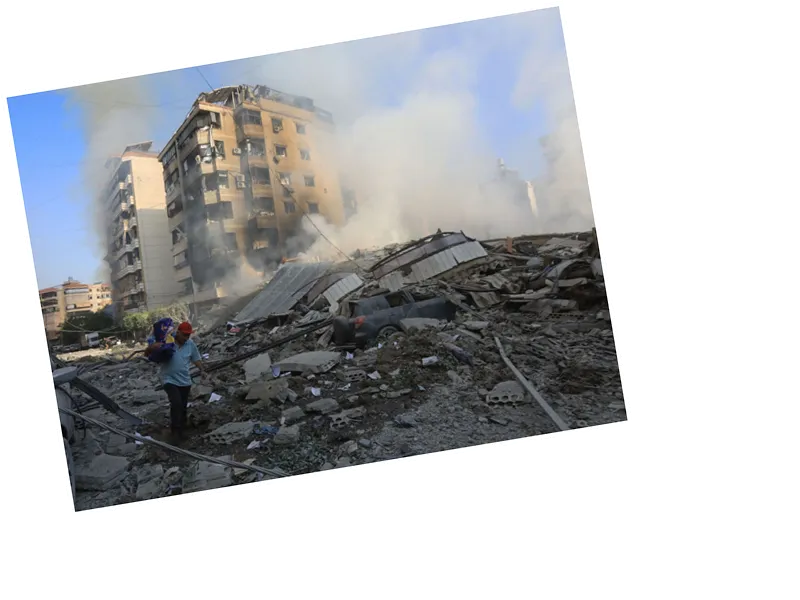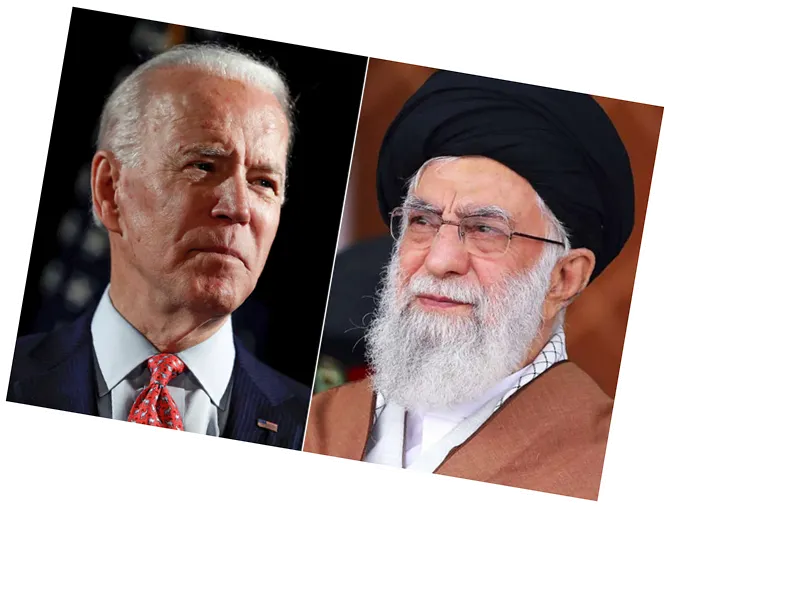Overview of Israel's Economic Outlook Amid Ongoing Conflict
The Israeli economy is currently facing significant challenges as a result of the ongoing conflict, particularly following the Palestinian resistance's Operation Flood of Al-Aqsa on October 7. According to a recent report by Swiss bank UBS, the Israeli shekel has experienced volatility, prompting intervention from the Central Bank. The immediate aftermath of the conflict has seen a potential downgrade in Israel’s credit rating, which has already occurred with recent downgrades by Moody’s. This has led to a notable gap in bond yields compared to U.S. Treasury bonds, reaching levels not observed since 2013.
Three Scenarios for the Future of the Israeli Economy
UBS has outlined three potential scenarios for the Israeli economy over the next 6 to 12 months, depending on the intensity of the ongoing war: 1. Ceasefire on all fronts: In this scenario, the shekel is expected to strengthen significantly, potentially reaching a range of NIS 3.40-3.50 per dollar. This increase would likely be driven by pent-up demand for the shekel as local and international investors seek to hedge against future risks. 2. De-escalation of the war: If the conflict diminishes in intensity, the shekel may appreciate moderately, with an expected exchange rate of 3.60 to 3.70 shekels per dollar. 3. Escalation of the war: Should the conflict intensify, particularly on the Lebanese front, the shekel could weaken further, potentially falling to between 3.80 and 3.90 shekels per dollar. This scenario would likely see increased financial risk and further credit rating downgrades.
Long-term Implications and Defense Spending
Regardless of the scenario, UBS anticipates a structural increase in defense spending by 1% to 2% of GDP. The fiscal deficit is expected to peak at around 6.6% of GDP, with risks that next year’s target of 4% may not be achieved. As geopolitical conditions improve, investors may look to return to normal hedging levels, which could lead to significant sales of dollars—potentially up to $15 billion—supporting the shekel's recovery. The Bank of Israel's previous intervention during the war, amounting to $30 billion, indicates readiness to stabilize the market in case of further shocks.





